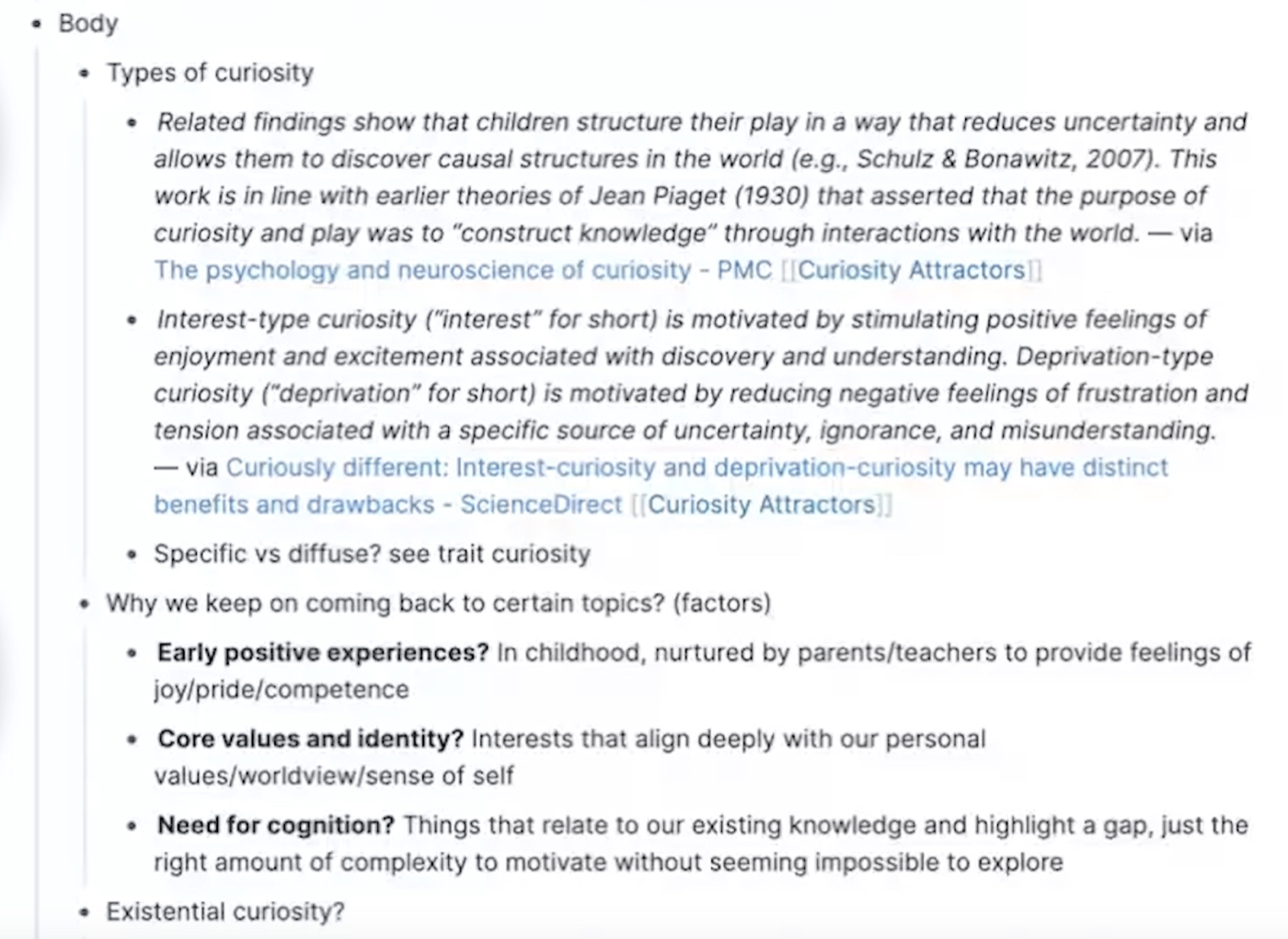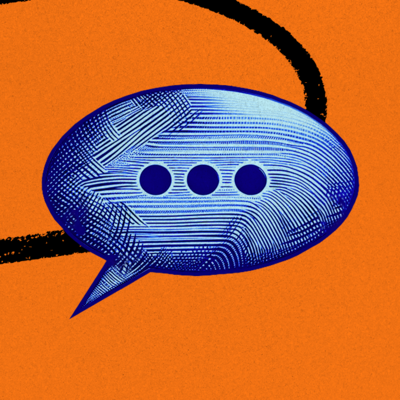Inside the Pod: Use ChatGPT to Super-charge Your Productivity
Expand the horizons of how much you can do with AI

Thank you to everyone who is watching my podcast, How Do You Use ChatGPT? If you want to see a collection of all of the prompts and responses in one place, Every contributor Rhea Purohit is breaking them down for you to replicate. Let us know in the comments if you find these useful. —Dan Shipper
I’ve been writing essays based on Dan Shipper’s podcast How Do You Use ChatGPT? for nearly a month now, and I’ve settled into a weekly routine of sorts.
- On Monday or Tuesday, I watch the unedited version of the interview.
- I research the guest and write the first draft of my essay on Wednesday and Thursday.
- Then, on Saturday morning, I settle down with a cup of coffee and think about how to put the ideas I got from the episode into action in my own life.
After listening to Andreessen Horowitz’s Steph Smith talk about building businesses on the internet, for instance, I was inspired to create an online class about switching careers and taking the plunge into freelance writing. I promised myself I would put together an outline over the next week.
But when Monday rolled around, I found myself steeped in brand-new work, caught in the next week’s cycle of obligations, and the idea for the course completely slipped away into the ether.
Sometimes, the ghosts of forgotten ideas come back to haunt me, and when they do, I cut myself some slack, assuring myself that I couldn’t do justice to all these things at the same time. I can only do so much. This strategy, and coping mechanism, worked very well for me until Dan recorded an episode with Anne-Laure Le Cunff.
Le Cunff is the founder of Ness Labs, a newsletter and learning community of over 80,000 curious people aspiring to achieve ambitious goals while nourishing their mental well-being. She’s a Ph.D. candidate in psychology and neuroscience at King's College London. She is also writing a book, Liminal Minds, that explores the intersection between curiosity and ambition. The reason she’s able to do so much, she says, is ChatGPT.
In the episode, Le Cunff talks about how ChatGPT saves her time on administrative tasks for running her company. It makes her writing process more efficient, helping her create better outlines and fine-tune finished drafts. It also breaks down dense research papers so that she can incorporate them into her Ph.D. studies.
This interview broadened my horizon of all the things I can get done. It was a call to action, pushing me to stop making excuses and start taking tangible action. Follow along for a close look at Le Cunff’s process and expand your spectrum of possibilities.
We’ve divided this essay into sections, reflecting the ways in which Le Cunff uses ChatGPT to across her diverse roles:
- as a writer,
- as a busy founder,
- as a Ph.D. candidate, and
- as a curious person.
We’ve included screenshots of Le Cunff’s chat records to give you a closer look at her techniques. Our comments are peppered in using italics.
In the final section of this essay, we record how she and Dan experimented with ChatGPT together to help her improve her meditation practice—live on the show.
As a writer
ChatGPT is integrated into Le Cunff’s writing routine. For example, Le Cunff takes us through how she wrote this piece exploring what “curiosity attractors”—the recurring fascinations that we can’t seem to shake off—tell us about ourselves.
When Le Cunff is gearing up to write something, she reads different articles for inspiration, adding the parts she finds relevant under a uniform tag in note-taking app Roam. She then creates a basic outline in Roam, by organizing the ideas she gathered under three headings: Introduction, Body, and Conclusion.
All screenshots courtesy of Anne-Laure Le Cunff and Dan Shipper.Le Cunff exports this page from Roam as a PDF and uploads it to ChatGPT, with the following prompt.
Le Cunff: I’m writing an article about what I’m calling “curiosity attractors,” which are topics of interest we keep on coming back to, whose pull is almost too strong to ignore, that we know we will have to explore at some point in our life either through formal learning, a creative project, or any other way requiring a significant investment of time and energy. I have attached the rough outline. Please wear your editor’s hat. What aspects do you think I’m missing? Please be detailed and refer to research from theoretical concepts and/or empirical evidence in psychology and cognitive neuroscience when relevant.
ChatGPT identifies eight fields that Le Cunff should include in her article on curiosity attractors. Here’s a portion of what it said.




